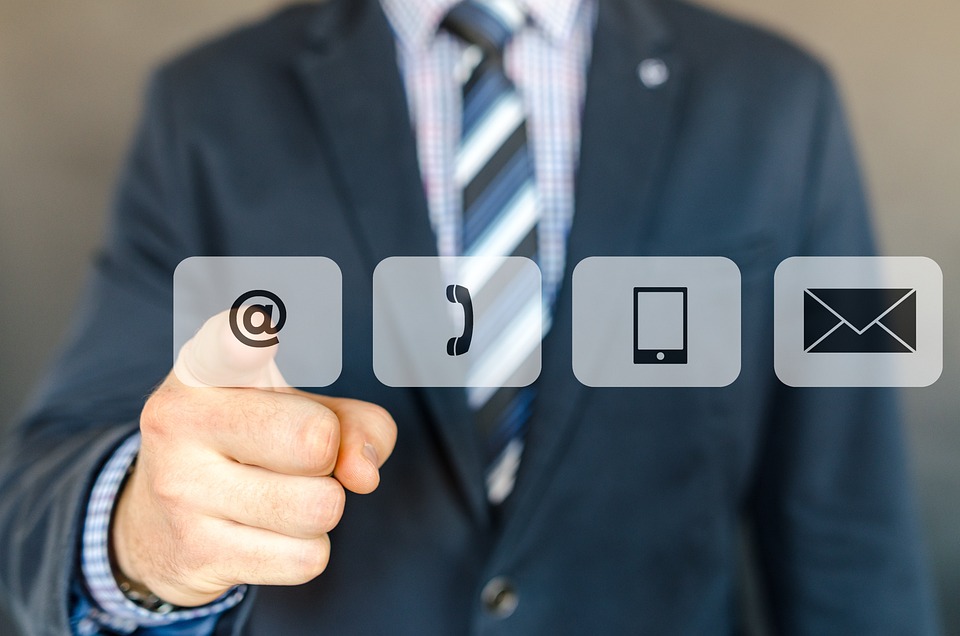Email personalization is the latest buzzword in the marketing world. And why not? Personalized emails have a higher open and click-through rate than generic ones. But how do you personalize an email without coming off as spammy? Here are nine examples of effective email personalization in action that will help you create personalized emails that your subscribers will love.
1. Use their name
This is the most basic form of personalization, but it’s also the most effective. Use your subscriber’s name in the subject line or greeting of your email. It makes the email sound more personal and less like a generic mass email.
2. Segment your list
Segment your email list based on your subscriber’s behavior, preferences, or location. This will help you send targeted emails that are relevant to your subscribers. For example, if you own a clothing store, you can segment your list based on gender and send different emails to men and women.
3. Use their purchase history
Use your subscriber’s purchase history to create personalized recommendations or special offers. For example, if a subscriber has purchased a certain type of product, you can send them an email with related products or accessories.
4. Send birthday emails
Sending a personalized birthday email is a great way to show your subscribers that you care. You can offer them a special discount or a free gift on their birthday.
5. Send re-engagement emails
If a subscriber hasn’t opened or clicked on your emails in a while, send them a re-engagement email. Personalize the email by reminding them of their previous interactions with your brand and offering them something of value.
6. Use location-based personalization
Use your subscriber’s location to personalize your emails. For example, if you own a restaurant, you can send emails about local events or specials to subscribers in a specific area.
7. Use dynamic content
Use dynamic content to personalize your emails based on your subscriber’s behavior or preferences. For example, if a subscriber has shown interest in a specific product, you can send them an email with more information or a discount on that product.
8. Send personalized newsletters
Instead of sending a generic newsletter to your entire list, send personalized newsletters based on your subscriber’s interests. For example, if a subscriber has shown interest in a specific topic, you can send them a newsletter with related articles or resources.
9. Use personalization in your subject lines
Use personalization in your subject lines to increase open rates. For example, “John, here’s something we think you’ll love” is more likely to be opened than “Check out our latest products.”
In conclusion, personalization is a powerful tool in email marketing, but it’s important to use it wisely. These nine examples of effective email personalization in action will help you create personalized emails that are helpful and useful without being spammy. Remember, the key is to make your subscribers feel valued and appreciated.





